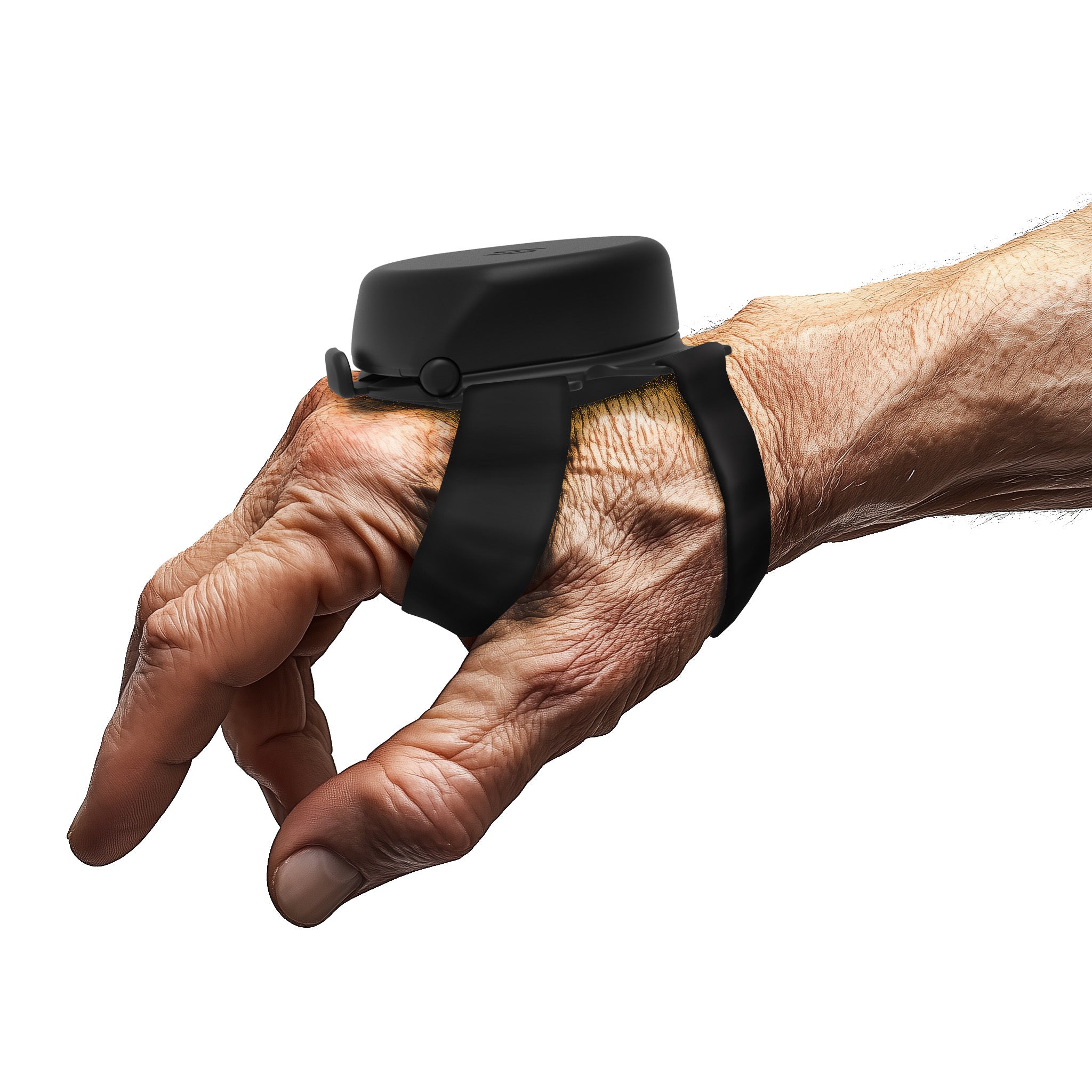This is your complete guide to understanding vocal tremor — why your voice shakes and how to manage it.
In this focused blog, we’ll cover:
-
What causes a shaky voice, and the science behind it
-
Common symptoms and how they affect daily communication
-
Medical and lifestyle treatments for improving voice control
-
How to get a proper diagnosis and support
-
And more insights to help you regain confidence
If you're tired of struggling with a voice that shakes, trembles, or feels unstable, this guide is for you.
Let’s begin.
What Is a Vocal Tremor?
A vocal tremor is a neurological voice disorder caused by involuntary, rhythmic muscle movements in the larynx, or voice box. This leads to a shaky voice, where the sound may waver in pitch, volume, or steadiness. Many people describe it as a trembling quality that disrupts natural speech while talking, singing, or even breathing.
Though it typically develops gradually and is most common in older adults, especially women over 50, the condition can affect individuals of any age. It often occurs alongside Essential Tremor, a disorder known for causing rhythmic shaking in other parts of the body, like the hands or head. In some cases, it is also linked to Parkinson's Disease, which can affect vocal control as well as movement.
Beyond its physical symptoms, this condition can impact emotional well-being, making communication feel frustrating, unpredictable, or even isolating.
What Causes Voice Tremors?

Many people first ask: What causes voice tremors, and why does my voice suddenly sound unstable?
Voice tremors originate in the brain circuits responsible for controlling motor functions, especially those involved in vocal cord movement. Several key factors may contribute to the development of this condition:
-
Essential Tremor: This is the most common neurological cause, often hereditary, and affects multiple body areas, including the voice.
-
Parkinson's Disease: Tremors in the voice are common in Parkinson’s patients and are often accompanied by reduced vocal volume or a monotone sound.
-
Aging: As we age, our vocal cords may lose muscle tone and nerve signal efficiency, making them more prone to tremors.
-
Genetics: Studies show over 50% of people with Essential Tremor have a first-degree relative with the same condition.
-
Stress and Fatigue: Emotional tension or lack of rest can intensify tremors and make them more noticeable.
-
Voice Overuse: Prolonged speaking, shouting, or singing can strain the vocal cords and contribute to instability over time.
Understanding what causes voice tremors is essential for finding the right treatment and preventing further strain or emotional distress.
Common Symptoms of a Shaky Voice
If you’ve been wondering whether your symptoms reflect a vocal tremor, here are some key signs to watch for:
-
A rhythmic or trembling voice while speaking – This is the hallmark of vocal tremor, with voice vibrations occurring in a consistent, wave-like pattern.
-
Inconsistent pitch or volume – You may notice your voice rising and falling unpredictably or becoming softer without intention, making communication difficult.
-
Voice cracking, cutting off mid-sentence, or fading out – These disruptions may feel like your vocal strength is giving out, often without warning.
-
A breathy or airy sound that lacks strength – This happens when the vocal cords can't close properly, reducing vocal power and clarity.
-
Difficulty being heard in noisy environments – Straining to project your voice in social settings can amplify the tremor and worsen fatigue.
-
Vocal quivering, even when whispering or talking calmly – Tremors may still occur during low-stress or quiet moments, making them hard to ignore.
These symptoms may intensify during times of emotional stress, anxiety, or physical fatigue. Many individuals also report fluctuations throughout the day, with symptoms worsening during long conversations, presentations, or high-pressure social situations.
Diagnosing a Vocal Tremor
Diagnosing a vocal tremor requires a thorough evaluation from both neurologists and voice specialists. Because symptoms often overlap with other voice disorders — like spasmodic dysphonia or vocal fatigue — a multi-step diagnostic process is recommended.
Evaluation may include:
-
Laryngoscopy: A thin, flexible tube with a camera is inserted through the nose to view the vocal cords in action.
-
Videostroboscopy: A slow-motion video of the vocal folds helps detect rhythm, tremor patterns, and structural changes.
-
Acoustic Analysis: This test uses specialized software to evaluate pitch, volume, and tremor frequency.
-
Neurological Screening: Helps determine if the tremor is linked to Essential Tremor, Parkinson's Disease, or another condition.
There’s no single test that confirms this tremor, so diagnosis often relies on a combination of clinical observation, imaging, and symptom history.
How Vocal Tremors Affect Daily Life
The impact of a shaky voice goes far beyond sound. It can interfere with conversations, erode confidence, and lead to social withdrawal. Many people experiencing persistent voice shakiness report feeling self-conscious, especially in professional or public settings.
Imagine trying to teach, present, or simply chat with loved ones while your voice trembles uncontrollably. Over time, this can lead to avoidance behaviors, emotional exhaustion, and in some cases, depression.
Because voice is such a central part of identity, especially for caregivers, educators, performers, and service professionals, vocal tremor can deeply affect both mental health and interpersonal relationships.
That’s why it’s important to seek support — not just for symptom relief, but to rebuild your sense of self.
Treatment Options for Voice Tremors

While there's currently no cure for vocal tremor, several evidence-based treatments can help manage symptoms and improve communication.
1. Medications
Two common medications are often prescribed:
-
Propranolol – A beta-blocker that helps reduce the intensity of tremors.
-
Primidone – Originally used for seizures, it works by calming overactive nerve signals.
These medications are typically used to treat Essential Tremor, but they’ve shown promise in reducing voice tremors as well.
2. Botox Injections
Botulinum toxin (Botox) can be injected directly into the vocal cords to relax the muscles and minimize tremors. Effects are temporary (usually 3–4 months) but often bring immediate relief for those with severe or disabling voice symptoms.
3. Voice Therapy
Working with a speech-language pathologist can significantly improve vocal control and confidence. Voice therapy focuses on:
-
Breathing techniques
-
Muscle coordination
-
Vocal endurance
-
Tension release
While it may not eliminate the tremor entirely, therapy helps many patients regain control and feel empowered in their communication.
How Steadiwear Supports Tremor Relief

At Steadiwear, we’re committed to empowering people living with tremors to regain control, confidence, and independence in their daily lives. Our flagship product, the Steadi-3 glove, was developed in collaboration with engineers, neurologists, and real patients to provide reliable, non-invasive relief for hand tremors caused by Parkinson's Disease and Essential Tremor. But for us, it’s never just about the device — it’s about the person behind the tremor.
That’s why we work closely with movement disorder specialists, occupational therapists, and patient communities to offer education, tools, and support that address the full spectrum of tremor-related challenges. Whether it's improving grip strength or helping someone feel more in control again, our goal is simple: to help you live more freely and steadily, every single day.
Conclusion
Living with a vocal tremor can feel isolating, unpredictable, and at times, disheartening — but it doesn’t have to define your story. Whether you're navigating the first signs of a shaky voice or searching for long-term relief, there is hope. Advances in therapy, medical treatment, and community support are helping more people every day find their voice again, strong, steady, and full of life.
Remember, you’re not alone on this journey. The more you understand your condition, the more empowered you are to take control and speak with confidence once more. Let this be the beginning of a clearer, bolder future — one where your voice is heard.



